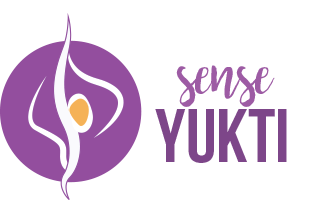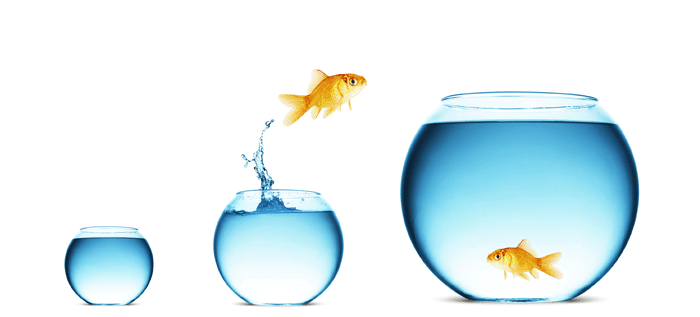
FAIL? How does it feel to fail.. Many of you will agree with this: it doesn’t feel good; failure makes us feel miserable. I personally have failed several times throughout my life and I might fail again but guess what, I no longer apprehend it, I no longer take it personal, I no longer care. I have learned Failure is Success.
Today, I would like to explore failure or fear of failure; it’s root causes and few simple steps to embrace it.
How Ominous Is Failure?
According to Wikipedia, failure is a state or condition of not meeting a desirable outcome, and can be viewed as the opposite of success. With no initial attempts at learning, we would not have built computers or light bulbs (thank you Thomas Edison for failing 5000 times). Successful people like Edison are great teachers, they knew that FAIL stands for First Attempt In Learning.
1/Famous Failures: Michael Jordan, Oprah Winfrey, Walt Disney and Steve Jobs are also exceptional examples. What do they have in common? they all have been dismissed form their team and companies they worked for or have started. They have learned from their failures and ultimately succeeded.
2/Our Relationship With Failure: Failure makes us feel miserable (what did I do, why did I do this, I should not have done that, this is not for me, I am not good enough, I am not skilled enough, what other people are going to think of me now, I am a total loser and the list goes on). Unfortunately, this is a vivid caricature of the way we tend to talk to ourselves. The reality is we feel miserable when we fail, we feel angry, we feel ashamed; we shall not state it out loud or be reminded of it. As individuals, we relate quite badly to failure; we perceive it as negative, as a omnious thing. The fear of failure restrict us from moving out of the comfort zone and living a richer life.
The Why & Wherefore?
1/Brain Constitution: Our brain structure is preventing us from achieving our full potential due to the way it works; this is our reptilian brain, our lizard brain, our primitive brain that often times takes command. It’s in charge of flight or fight, anger and survival. The primitive brain only wants to eat, be safe and mainly cares what everyone else thinks because status in the tribe is essential to its survival. The lizard brain can shut off the mid-brain and the neo-cortex. For example: studies have shown that fear of public speaking is classified as the number one number one fear of all and it even tops fear of death. I heard a story of this gorilla based in Rotterdam zoo that threatens people because they staring at him and as human we tend to do the same thing in a more reasonable way. This zoo came up with special eyeglasses to prevent the gorilla from attacking visitors. We dislike situations where we are exposed because the primitive brain kicks as it cares what everyone else thinks around us.
2/Education Conditioning: Family, Education & Society culture (e.g. school system) punishes failure harshly. This inhibits the creative process, and risk taking. It causes us not to communicate important failures with others and prevent collective learning. It also shut off creativity as Sir Robinson uncovers it in his TED talk here.
Seduce The Monkey
1/Acknowledge the primitive brain is in charge of a big chunk of our everyday actions
2/Be attentive to the present moment as 70% of our thoughts are negative and redundant according to psychologists
3/Practice, practice and practice; sorry if I disappoint here but there is no magic; we won’t get it right the first time but with iterations, we will learn and ultimately succeed.
In sum, by learning to be good at losing, we master the art of winning. I would like to leave with these few lines written by Hafez, a grand Persian poet who has lived in the 14th century:
As a bee seeks nectar from all kinds of flowers, seek teachings everywhere.
Like a deer that finds a quiet place to graze, seek seclusion to digest all that you have gathered. Like a mad one beyond all limits, go where you please and live like a lion, completely free of all fear.
Sources: http://en.wikipedia.org/wiki/Failure http://adland.tv/ooh/bokito-glasses-all-zoo-visitors-guerilla-netherlands





Recent Comments